– Article written by Havana Dauncey
TikTok is becoming the most popular app in our teens’ and pre-teens’ lives. Despite the 13+ age limit, children aged 4-15 are spending an average of 75 minutes on TikTok per day. As a parent or teacher, you can’t help but wonder what they’re watching on there for that long, especially when a war is currently being broadcasted live uncensored on social media apps including TikTok.
So many questions arise for a lot of adults — What is TikTok? Where do teens and pre-teens get their news on the Ukraine war? What effect does exposure to the Ukraine war have on teens and pre-teens? Can adolescents tell the difference between fact and fallacy? Are there any benefits from TikTok? What can parents do to help their children rise above it, block it or understand the motivations of those posting about it — critical thinking is essential!
Let’s deep dive into the Ukraine war on TikTok and explore the effects it may have on adolescents.
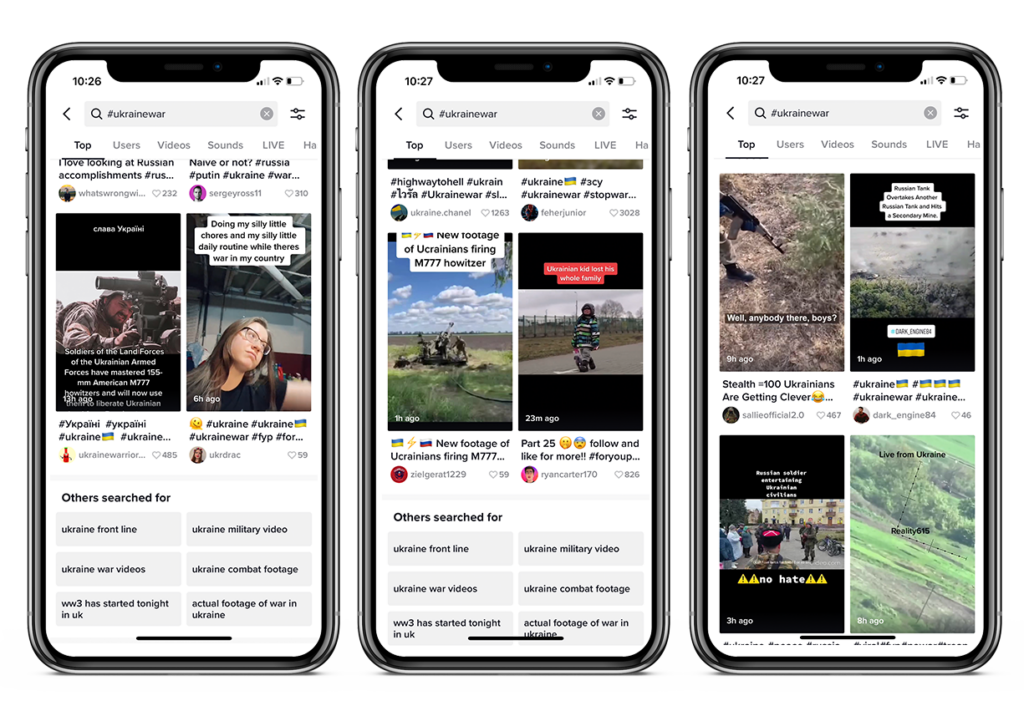
Where do kids get their news?
Let’s start with the basics — to find out what type of news teens are getting, you have to first figure out where they’re getting it from. Most teens, over 50%, get their news from social media apps, particularly TikTok.
Anyone across the world can post content on TikTok in real-time and uncensored, so it’s no surprise children and teens are accessing loads of content regarding the Ukraine war. It’s also easier for them to digest news from their favourite influencer speaking their ‘teen talk’ (or kid talk) than a monotonous news anchor they hear in the background.
Adolescents, willingly or not, are becoming curious about the world and its affairs. Some are even taking on the role of social justice warrior. For example, child and teen TikTok users spammed Vladimir Putin’s fan accounts with #vladdydaddy as an act of protest, pleading “Vladdy Daddy please no war…” This may seem like a small act, but it represents teens becoming active citizens in the world they belong to, standing up for what they believe in.
TikTok as a news source is highly complex. Here’s why:
- TikTok’s short-form-content formula rewards hooks to grab users’ attention and gives little time for viewers to decide who’s the hero and who’s the villain.
- TikTok uses an algorithm to filter content for its users. To be honest, no one really knows how it works how the algorithm works. All we know is that its main goal is to keep users watching, focusing on watch time and presenting it on the For You Page (FYP). We get fed more of what we click on, so clicking on fake news and violence ensures we get more of it, driving adolescents deeper into a rabbit hole of falsehoods or hideous imagery.
- Because our brains are predisposed to focus on movement and novelty, adolescents are drawn to videos that are scary and shocking.
- Our brains process video much faster than text, especially with the help of music. Teens and pre-teens are then presented with an unsettling reality where a horrific scene is paired with their favourite pop song.
- More disillusion is created by teens and pre-teens watching their favourite influencers living life one day and then hiding in a bomb shelter the next.
- The war-torn scenes are juxtaposed with TikTok’s creative, humorous and light-hearted tone.
How does this influence news on the Ukraine war?
Interestingly, it’s TikTok’s use of pop music and humorous tone that allows us to contextualise what we’re seeing, process it and distance ourselves from the hard and unfathomable reality in Ukraine.
It’s a classic pop-culture approach, but this generation misses the motivation of publishers in whatever they post, seeking likes, followers, celebrity at a high cost. Different from generations before that may have employed their own ways of visualising or voicing their views, this stick of dynamite has the added fuse of virality and global attention for publishing something. The rewards are different, making the motivation different.
Thus, TikTok constructs a complex environment for adolescents to receive their news.
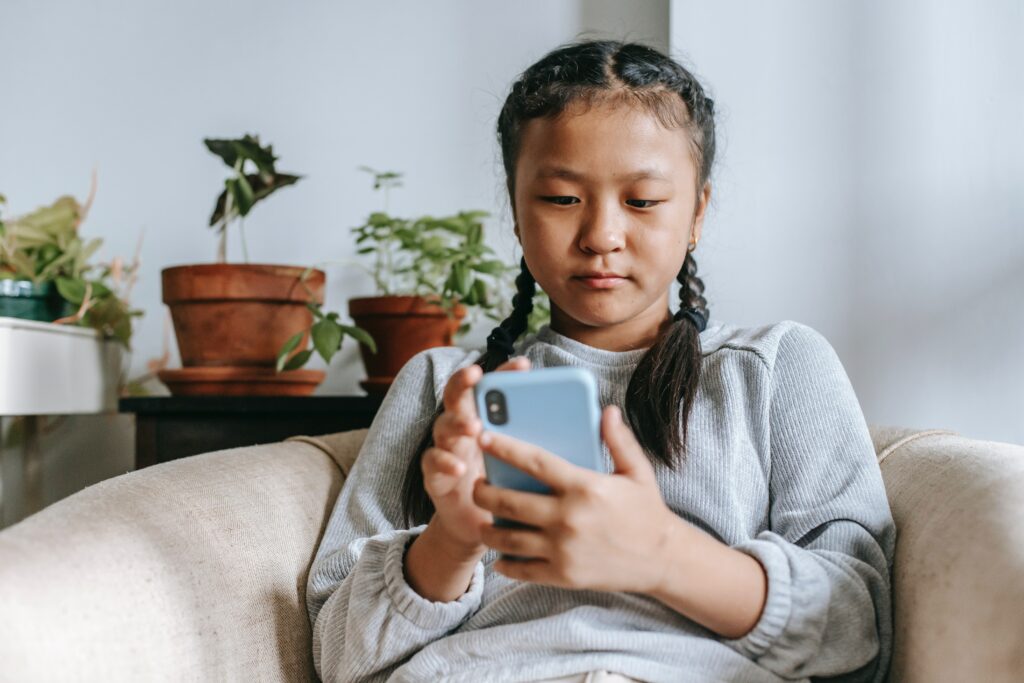
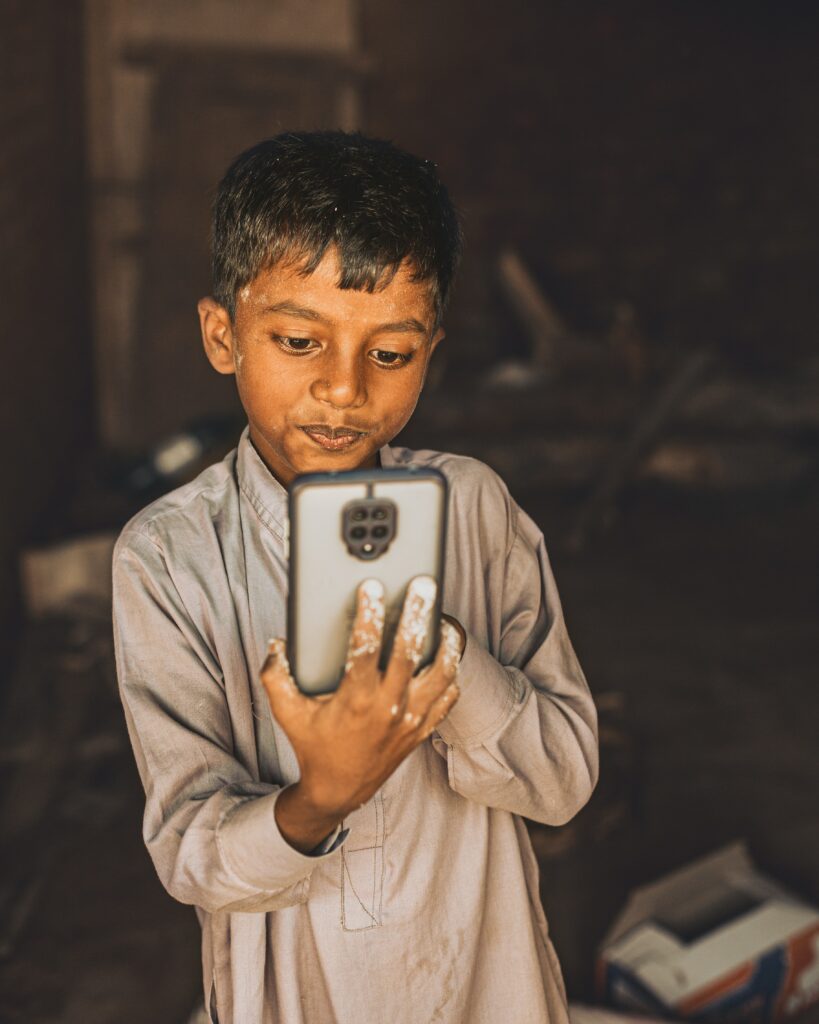
Could this exposure to violence lead to desensitization?
What makes adolescents’ exposure to the Ukraine war so troubling is teens’ and pre-teens’ inability to separate fact from fantasy. Some may think it’s all a joke while others may believe they’re entering World War 3.
What about desensitization? For years, this topic has circled the effects of violent video games. But according to the research, there isn’t any long-term desensitization from these video games. However, while the varied research makes it difficult to draw a conclusion, we’re finding that this exposure to violence can still affect more vulnerable individuals.
Secondary trauma also plays a role on TikTok — this is when you hear about trauma and it sticks with you. This triggers negative emotions and can be triggered again later on. So for adolescents that are more vulnerable to violence, this secondary trauma becomes very real.
What does exposure to violence on TikTok mean for adolescents and parents?
- This highlights the importance of the 13+ age restriction, as teens are a lot more capable of differentiating between fact and fantasy.
- It’s also important to protect our children by promoting critical thinking so that they question fantasy and try to uncover the facts.
- Parents should aim to prepare their children so that they know what to expect and know that they have a choice in what they see.
- There should be a focus on building resilience in them to give them the strength on their own to be able to turn off a video when it’s not serving them.
Misinformation vs disinformation — what’s the difference?
The question is not only can teens and pre-teens understand the difference between fact and fantasy, but also between fact and fallacy. Most social media apps, especially TikTok, have little to no fact-checking tool. As adults, we know that we can’t take anything on social media at face value — more often than not, adults can tell the truth from the lies and are able to check their sources. But adolescents have not yet acquired this skill, making them vulnerable to both misinformation and disinformation.
Misinformation and disinformation are often used interchangeably, but there’s a distinct difference between the two:
- Misinformation: Incorrect information presented either intentionally or unintentionally.
- Disinformation: False information that’s deliberately spread with the intention to deceive.
Which one is worse?
While both are harmful, disinformation is often even more dangerous because of its direct intention to propagate lies. Both forms are very prevalent on TikTok. People spread misinformation for the sake of views and virality.
For example, in some content, visuals are matched with the wrong audio to create a dramatic and shocking effect and portray something that isn’t real. Footage from video games has even been used and believed to be real footage from Ukraine. Teens and pre-teens are constantly exposed to this ‘fake news’, believing it and letting it influence their perception of the world.
How can we protect our children from the constant waves of mis-/dis-information? We educate them. MySociaLife’s very first module, of its total 8 lessons of 60 minutes each, teaches children not only how to fact-check, but why it’s important. We can also teach them to report any misinformation they find. Just like everyone else, children don’t want to be tricked or duped — reporting gives them the power over the people trying to deceive them.
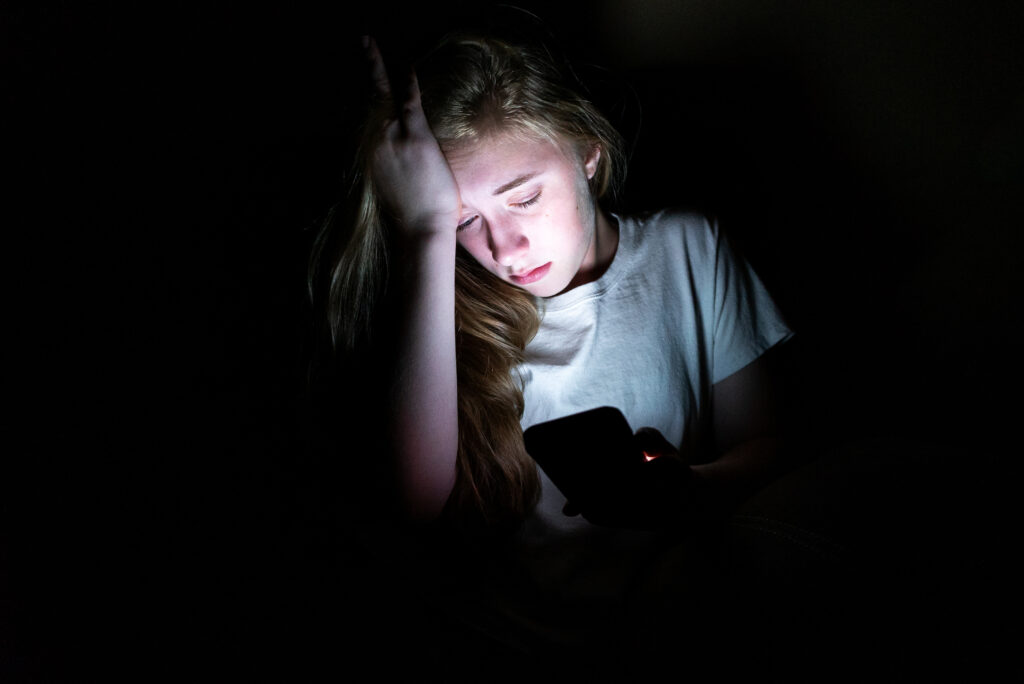

Is TikTok all bad? What are the upsides?
Like everything, TikTok has both light and dark corners. And its light side offers our children limitless opportunities to learn, grow and excel — they just have to know how to find it.
Here are some upsides of TikTok worth celebrating:
- Increased awareness of the global environment: Adolescents are becoming interested and aware of what’s happening in the world and current events, all by themselves — some are even now pushing their parents to get involved and become active citizens themselves.
- Promotion of empathy and compassion: By receiving first-person accounts, often in real-time, adolescents gain a perceptive they never would have been exposed to otherwise, forcing them to consider what the world is like outside of their own perception and promoting a deep sense of empathy in the new generation.
- An exciting new world for creativity: TikTok has become an outlet of creativity for a lot of users, expressing their extraordinary skills, talents and hard work, creating masterpieces of a whole new art form.
- Entrepreneurial potential: TikTok holds incredible power for businesses where they can gain wide exposure, build loyal communities and drive sales — teens’ exposure to this can inspire them to create a business of their own, utilizing TikTok as a key to success.
How to guide your children to the light side of TikTok
Every child is different. Some will suffer from the influence of TikTok, others may be more indifferent. The trick is to know which category your child may sit in and to pay careful attention to their behaviour to see if there are any effects — lethargic, fearful, and self-conscious are often normal teen responses, but are you seeing anything that’s concerning and noticeable? Don’t ignore the signs.
And for every TikTok user, take a look at what they’re watching, be interested, ask questions (as opposed to telling) and use the opportunity to educate yourself without becoming too lofty and forging distance between you and adolescents. Connection and trust are key. Without it, they’re on an island alone, and you’ll find it hard to support them.
Top Tips — how can parents help their children learn from this?
The final question to ask is — with everything that’s been discussed, how can parents and teachers help their children learn, grow and excel on TikTok despite the potential dangers of violence and misinformation circulating on social media apps?
We give them the most powerful tool in the world — education.
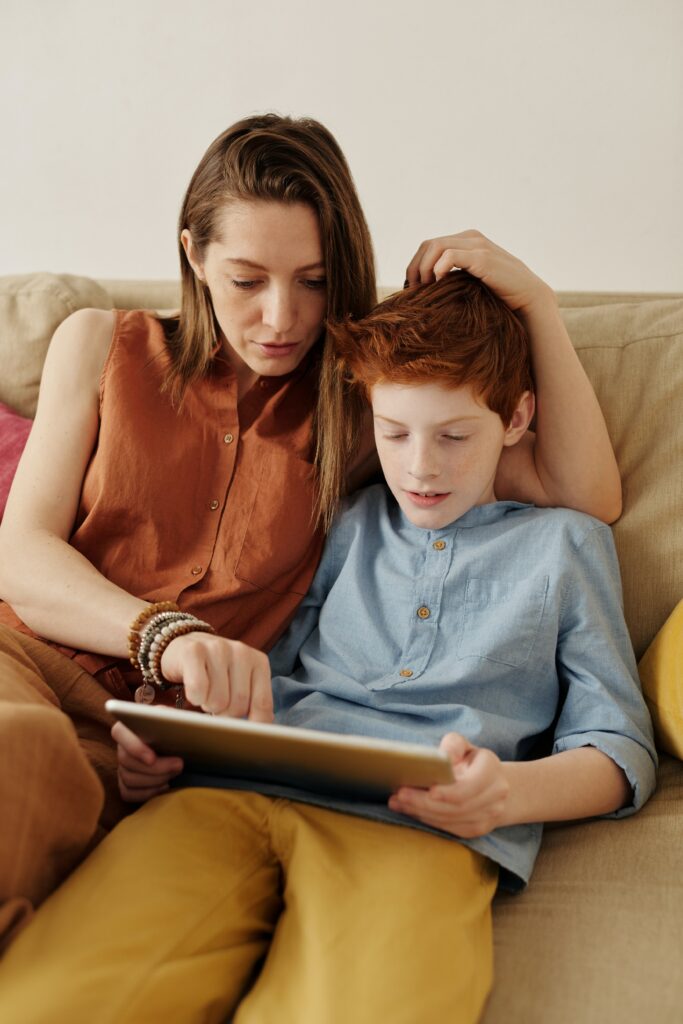

Here are ways to educate your children so that they are aware, protected and equipped to deal with both the light and the dark sides of TikTok:
- Talk often, talk always: Start the conversation on technology, news, war and how it relates to social media — this establishes trust between you and your child.
- Focus on preparation and resilience: Teens and pre-teens who are prepared and have resilience are much less easily affected by what they might see on TikTok, plus these are essential tools that determine their success in life, not just in surviving TikTok.
- Educate yourself on TikTok: If you haven’t already, it’s about time you get to know the place your child spends so much time in — this will give you a much wider understanding of how it works and the content your children are exposed to so that you can make educated decisions on how to help them.
- Teach your children how to curate their content: Teaching adolescents how to curate their content so that they have the ultimate say in what enters their lives puts the power back in their hands and encourages them to think critically about which content they want to see.
- Explore the parental controls: While their effectiveness is undecided, TikTok does have parental controls worth taking a look at and discussing with your child. You can even teach your child how to become a productive client of TikTok by letting TikTok know what parental controls you want and what they should improve.
Conclusion
TikTok doesn’t have to be all that scary if we teach our children how to use and consume it productively, responsibly and with lots of awareness. If we guide our children towards the light of TikTok, a whole new world of possibilities and opportunities await, leaving them empowered as active citizens of the world with their future in their own hands.

